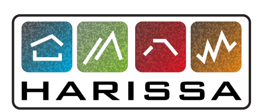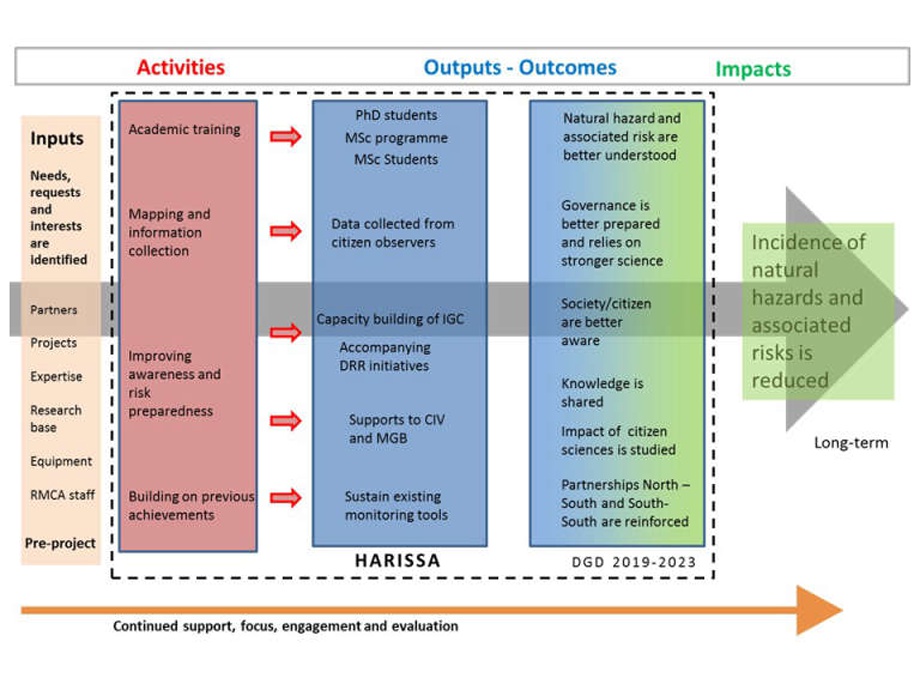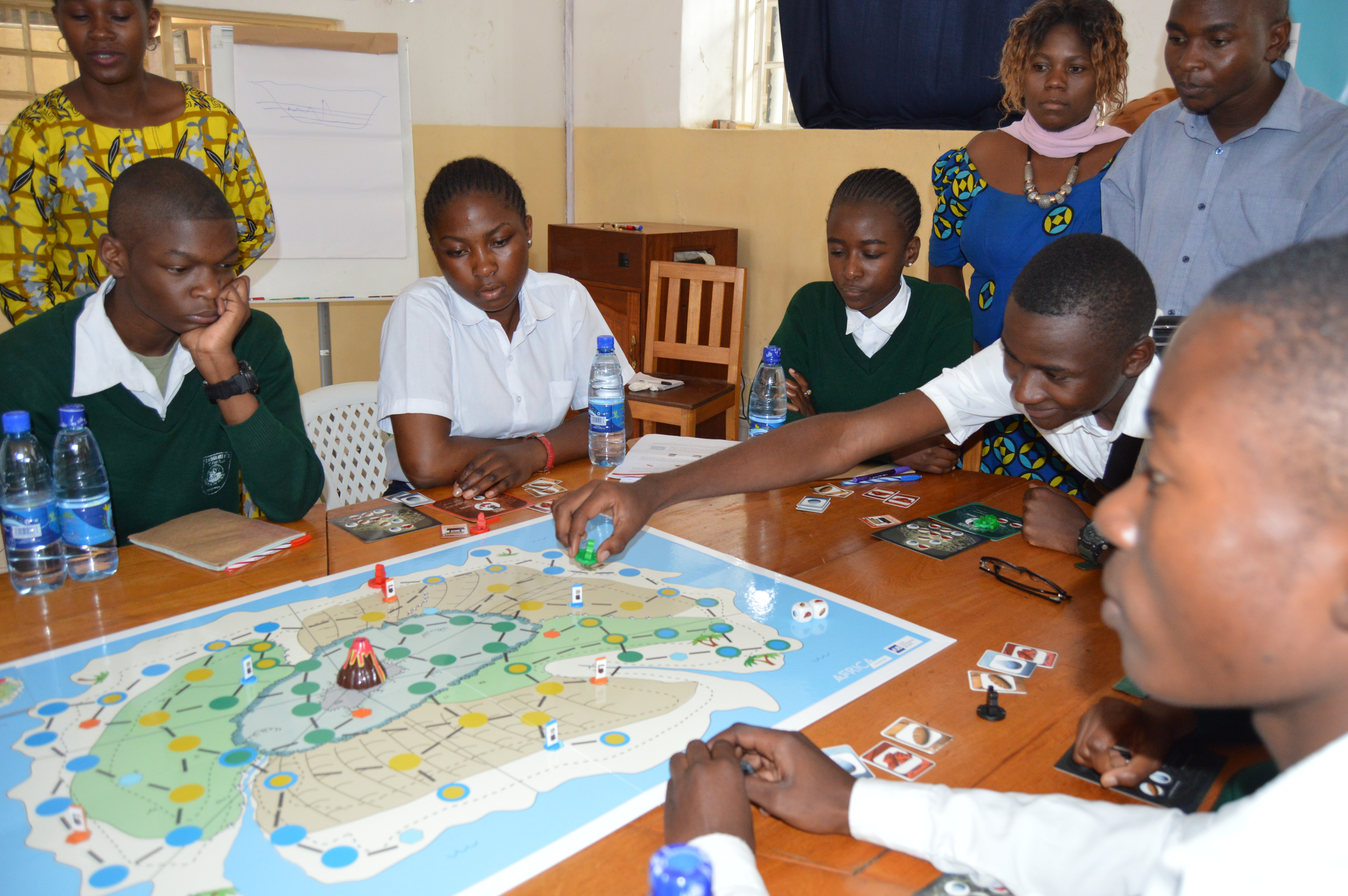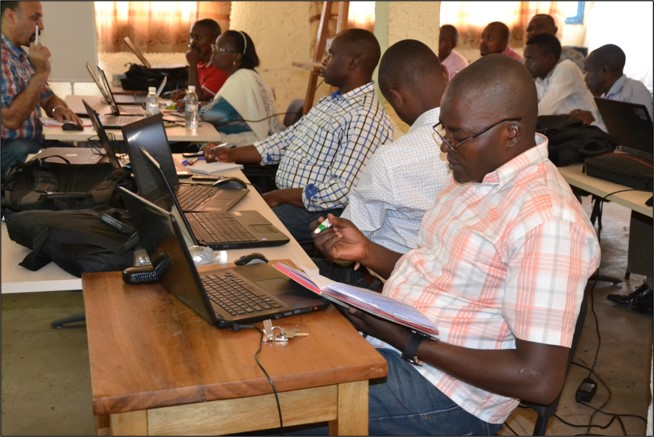HARISSA
Natural HAzards, RISks and Society in Africa: developing knowledge and capacities
Experience in recent years has taught us that, in Central Africa, natural hazards and the associated risks, although still poorly studied, have a significant negative impact on development.
Find here the first Newsletter of the HARISSA project!
Find here the second Newsletter of the HARISSA project!
Find here the third Newsletter of the HARISSA project!

Objectives
HARISSA's long-term overall objective is to contribute to reducing the incidence of natural hazards and associated risks in Central Africa and in particular in the western branch of the East African rift system, in DRC, Uganda, Rwanda and Burundi.
The project aims to develop knowledge, expertise, awareness and support for local, national and regional initiatives by following four specific objectives: 1/ academic training, 2/ mapping and data collection on natural hazards and associated risks, 3/ improving awareness and risk preparedness, and 4/ consolidating previous achievements. The achievement of these objectives is based on the strengthening of key institutions in these domains. The project aims to target the wide range of stakeholders concerned by natural hazards and associated risks, from academic or research groups to citizens and policy makers. The project will also look at the impact of citizen-science on development.

Partnerships
HARISSA is a 5-year project (2019-2023) funded by the Belgian Development Cooperation (DGD). The project is coordinated by RMCA in partnership with, in DRC, l'Institut Géographique du Congo (Kinshasa and Goma), the Goma Volcano Observatory, le Centre de Recherche en Sciences Naturelles, l'Université Officielle de Bukavu, l'Université de Goma and the Civil Protection (North and South Kivu), in Burundi, l'Université du Burundi, and, in Uganda, Mbarara University of Science and Technology (MUST).
Activities
Project description also available on the AfricaMuseum website.




